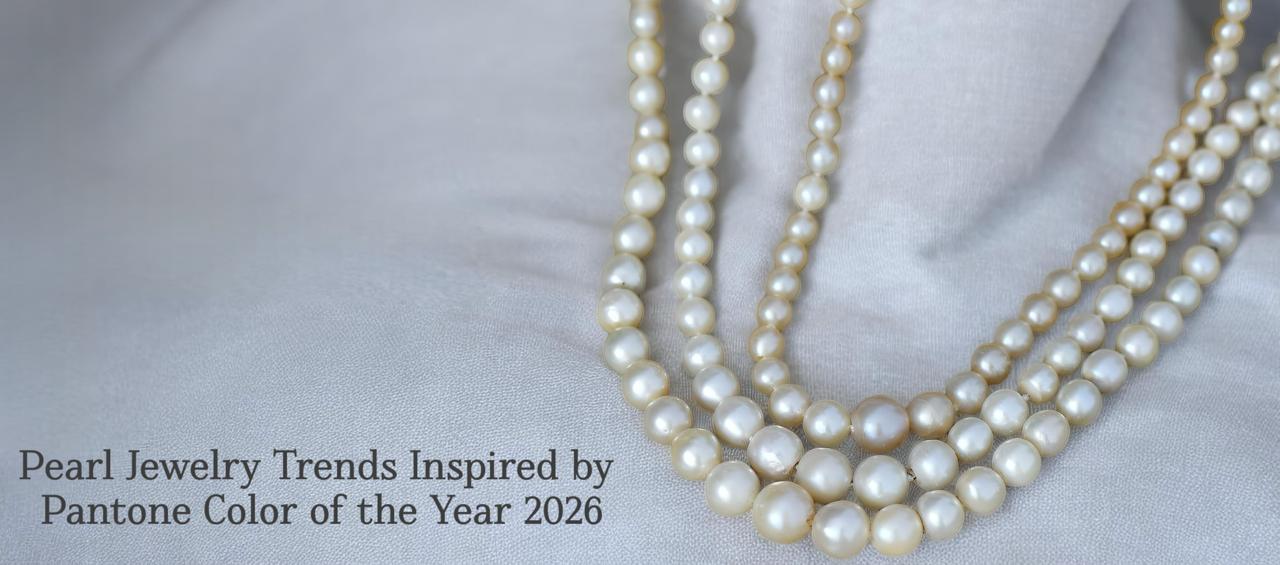 Categories
Categories 
The beauty of Ruby stone also called Manik and Manikam in Hindi, has captivated people worldwide. These precious gemstones are known for their vibrant red color and rich history.
Ruby colour primarily is only red with a purplish tint but you also find it in shades of pink or a hint of orange in it. This color variation is due to several factors. The most common being the intensity of trace elements and ruby origin.
For colored gemstones, the sharpness of color and clarity accounts for their popularity. It is also one of the important factors that helps assess gemstone price. Ruby price is also determined by its color. The higher the color intensity, the higher is the price. In this blog we will understand the vibrant hues of the stone and how it affects the price.
Ruby stone comes from the mineral corundum, aluminum oxide. Like all other natural gemstones, they are formed within the earth's crust.
The formation of the gemstones involve intense heat and pressure. Manikam gemstone is found in both metamorphic and igneous rocks. The ruby formation involves the process of crystallization, where the presence of aluminum and oxygen in the crystal is necessary.
Along with this, trace elements such as chromium account for the Manik color. The metamorphic process forms most of the rubies, and three rock types bear these stones.
Marble is the host rock where the world's largest ruby stone deposits (Mogok mines of Burma) are found.
Other than this, ruby deposits from Mozambique, Tanzania, and Madagascar are found in host rocks such as amphibolite. Basalt host rocks bear ruby deposits found in Thailand and Cambodia.
These gems are found worldwide, such as in Burma (Myanmar), United States, Afghanistan, Australia, Madagascar, Mozambique, and Tanzania. The best ruby stone is from Burma renowned for its deep pigeon blood red color, exceptional clarity. It is the most sought-after gemstone in the world.
Read our blog: What is the Chemical Composition of Ruby and Sapphire?
History and Cultural Significance of the Stone
The gemstone's beauty not only resonates around its color but also its significance. The stone has been associated with wealth and power in many ancient cultures. Besides the stone's color being used to express many intense emotions, such as love and anger.
For instance, ruby colour stone have similarity to that of blood. The Burmese soldiers used to place these gems under their skin. It was thought to protect them from wounds during wartime. Rubies are the birthstone for July and traditional stone for the 15th and 40th wedding anniversaries.
In vedic astrology it has a great relevance. Ruby stone is believed to strengthen the Sun planet in your birthchart. That is why it is also called Surya stone in astrology.
Read More: Why Leo Should Wear Ruby
The distance between chromium and oxygen is relatively short, and thus, green light of a specific wavelength is absorbed, and red light is reflected. This absorption and reflection of wavelength give characteristic red color to the stone.
Read More : Top 10 Most Expensive Rubies in the World

Rubies and their Color Variation (based on origin)
The primary color of the ruby stone is red. Besides this red color, secondary hues like orange, purple, and pink are also exhibited by the stone. The intensity of the color and the origin impacts the value of a gemstone. In this section, we will focus on different types of ruby (based on origin) and the color featured in them.
Ruby Stone Colour Chart
Shades of Ruby | Origin | Color Description | Manik Stone Price Range |
Pigeon Blood Red | Burma | Pigeon blood red hue with purplish tint | Above 1 lakh (Premium Gemstones) |
Vivid Red | Mozambique | Bright Red with strong saturation | INR 20,000-INR 1 Lakhs |
Purplish Red | Madagascar | Red with purplish tint | INR 2000 to INR 70,000 |
Pinkish Red | Niassa Mozambique | Red color with pinkish overtone | Varies with the color saturation |
Opaque Red | India | Dark Red color with low transparency | INR 2000 to INR 20,000 |
Read More Here: What is the Difference Between Ruby and Star Ruby?
The more vivid the hue of the stone is, the more the prices are. The prices vary with the occurrence of secondary hues from minimum to maximum overtones. The inclusion-free ruby stone is challenging to find and is priced higher. When buying ruby stones online, it is essential to consider these factors. Can rubies be of different colors? Yes they can be. For instance, the stones with pink overtones and a tint of red are priced low.
Similarly, the stones with a high pink hue overshadowing the stone's primary hue are sometimes misled. These pink-colored stones are not ruby; instead, they are pink sapphire. Thus, the gemstones must be purchased from an authentic gem dealer.
The stones should be certified, and one should ask for the same before buying the stone. At Navaratan, the premium quality gemstones come with an appraisal form focusing more on authenticity.
Read More : Gemstone Certifications: The Ultimate Guide
To conclude, the ruby stone is precious and comes with the magic of the most lively color-’red’. It is evident from the above discussion that this valuable stone is the wonder of nature. These precious gems are known for their intense red hue and are priced accordingly. Shop for the certified ruby stone from Navratan now.




Pearl Jewelry Trends Inspired by Pantone Color of the Year 2026
January 5th, 2026
Top Zodiac Signs That Will Shine This Year & Their Gemstones Guide
January 3rd, 2026